Plantar fasciitis is a common condition among athletes but can also occur in non-athletes as a result of their lifestyle, body-weight, foot structure or exercise regime. If you have plantar fasciitis, there is no need to worry. Although it takes time, it is possible to completely recover from Plantar Fasciitis through at home-treatments, yoga asana and a basic understanding of correct alignment. Read on to find out how.
What is Plantar Fasciitis?
Plantar fasciitis is the tearing followed by inflammation of the plantar fascia, a soft, connective tissue running along the arch of the foot. It manifests as heel pain on the big-toe side of the foot and if untreated, the pain gradually spreads throughout the arch. Plantar fasciitis generally develops after a sudden increase in high-impact activity like running or dancing. It is more likely to occur if you are flat-footed or have unusually high arches. It can also be brought on by sudden weight gain, prolonged obesity and exercising with improper knee-ankle alignment. This condition most commonly occurs in people between the ages of 40-60.
How does yoga help treat Plantar Fasciitis?
If left untreated, plantar fasciitis can lead to chronic foot pain which can make it difficult to stand or walk long distances. Moreover, the pain can cause you to unconsciously shift your weight to gain some relief while you walk or stand. This can be dangerous since it shifts your knees and ankles out of alignment which can lead to further issues and injuries.
There are many ways of reducing inflammation through ice treatments, appropriate foot padding, and restorative footwear. But unless the cause of your plantar fasciitis (which is tightness in the lower body and improper foot alignment) is addressed, your plantar fascia will repeatedly get inflamed. The stretching of the plantar fascia along with the achilles tendon and hamstrings has been found to be an effective treatment for the pain.¹ Yoga involves the holistic stretching of all major muscle groups, making it an effective technique for the treatment and prevention of plantar fasciitis.²
Understanding foot, ankle, and knee alignment
While yoga can be very effective in treating plantar fasciitis, it can worsen the condition if done with improper alignment. Plantar fasciitis is often aggravated by either a pronated or supinated foot.³ (Bolgla and Malone) If your ankles are bent toward each other and your knees are buckling in, you have pronation and are likely to suffer from flat-footedness. If your ankles are slanted away from each other, exaggerating the arch of your foot, it is known as supination. Both conditions can be responsible for plantar fasciitis or its delayed healing. Moreover, even if you do not have plantar fasciitis right now but have identified one of these issues, it is important to correct it before you develop a more serious condition or injury.
If you want to use yoga to help recover from plantar fasciitis, you must ensure that you are practicing with correct alignment.
In order to identify whether you are pronated or supinated, stand on your yoga mat, feet hips-width apart with a long, straight spine. Notice if your ankles are tending inwards of outward. Trace a line from the center of your knee cap down to your feet. Ideally, your knee should be just above your second big toe. If your knee is tending inward, you are pronated and if it is tending outward you are supinated.
Once you know where you stand with your alignment, stand firmly on your feet, visualizing them as rectangles with four points. Lift your toes and try to distribute your weight equally on all four points. Gently place your toes back without changing the distribution of your weight.
Tips for Pronation
If you are pronated, you should practice building strength in the lower body, especially around the calves and knees. Bridge pose, lunges, chair pose and devi pose are all good ways to build strength and correct pronation. However, while doing each pose, ensure your knees are always directly over your second toe.
Tips for Supination
If you are supinated, it’s likely that your calves and achilles’ heel are inflexible. While maintaining correct alignment, work on building flexibility in your lower body through Downward Dog, Uttanasana and Paschimottanasana.
Yoga Poses for Plantar Fasciitis
Now that you have a basic awareness of your alignment, you can begin practicing asana that specifically targets Plantar Fasciitis. Practice the poses listed below at least once daily and you will see results in just a few weeks.
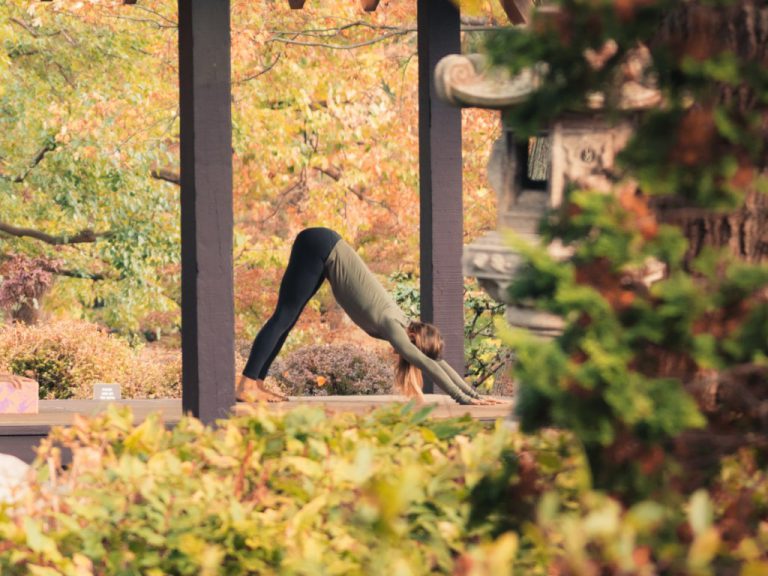
Adho Mukha Svanasana (Downward-Facing Dog)
This is a great pose to stretch out your entire hamstring and achilles heel. It is much safer than more intense forward folds in case your knees are misaligned. Hold this pose for 2-3 minutes at a time whenever you can or before starting any kind of physical activity.
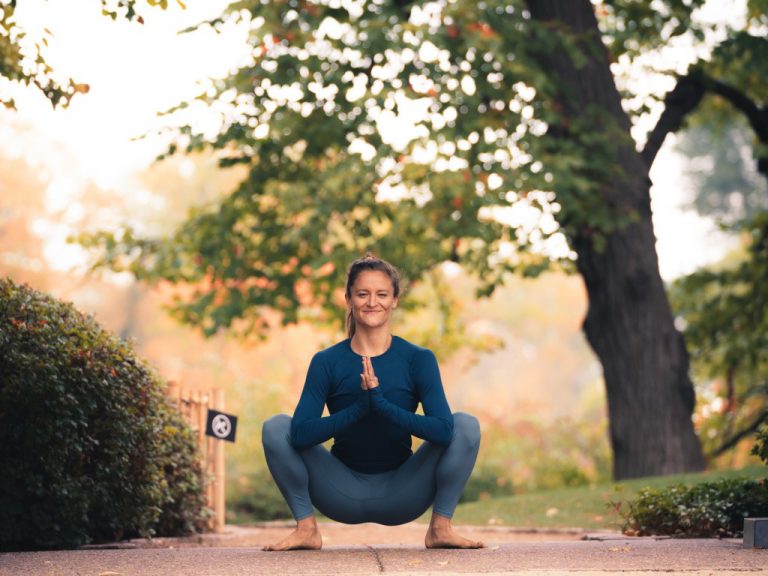
Malasana (Garland Pose)
Poses that stretch the Achilles tendon while maintaining weight on the feet have been found to be particularly effective in treating plantar fasciitis. Malasana does exactly this while simultaneously building strength in the lower body. Hold this pose for 2 minutes or longer if you can.
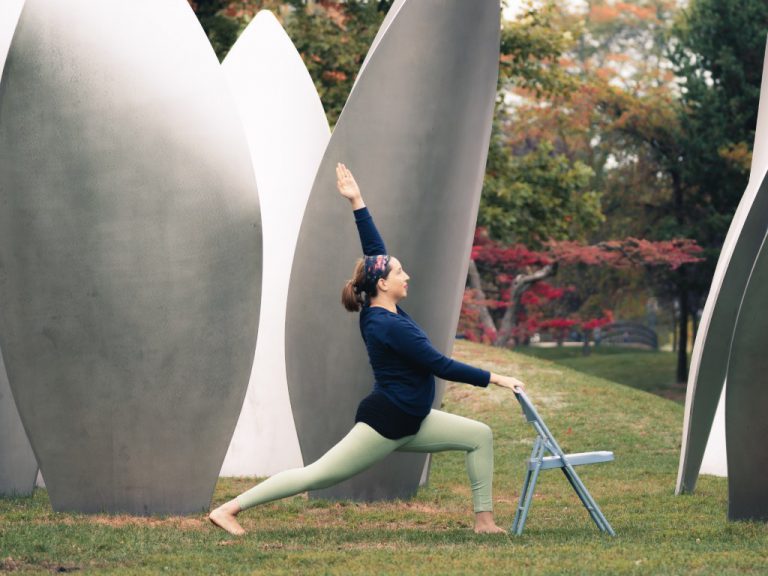
Ashta Chandrasana (High Lunge)
Come into a lunge position with your right thigh at a right angle with your calf. Ensure your knee is directly above your second big toe. Keep your left leg straight and come to the ball of the left foot. Keep your left heel pushing back and up to the sky, propelling you forward to sit squarely in your hips. This pose stretches the Plantar Fascia and should feel very relieving. If it doesn’t hurt you, try to place your left heel gently on the ground and lift it up again. Do a few rounds of this or remain in High Lunge for a minute or two. Repeat on the left side.
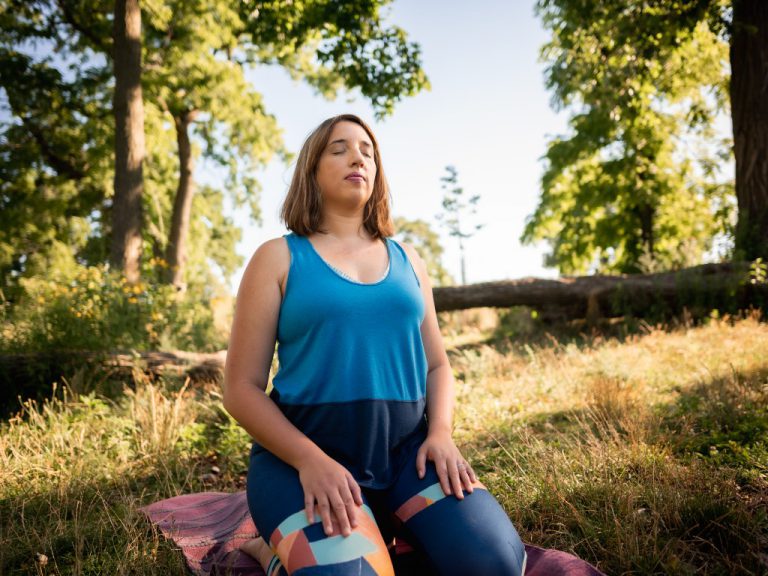
Virasana (Hero’s Pose)
First begin in Vajrasana – kneel and sit on your heels with your toes untucked. If this is comfortable for you, you can gently take your legs apart and slide to sit on the ground in between your feet or place a block underneath the glutes. If your knees hurt, return back to Vajrasana and place a towel or blanket underneath you to support your knees. This pose will strengthen the Plantar Fascia, urging it to repair faster and protecting it from further harm.
Viprita Karni (Legs Up the Wall Pose)
You can do Viprita Karni at any time of the day on an empty stomach but for best results, practice this at night before you sleep. Sit with your hips pressing up against a wall, lie down on your back and bring your legs up against the wall. Ideally, your legs should be straight with the back of your thighs pressing up against the wall. Stay here for 10-15 minutes. If you’d like a deeper stretch in your Achilles heel, you can ask someone to place a weight on each of your feet.
Bonus tip: Wear yoga toes and heel pads. Yoga toes are toe separators and stretchers that have been effective in correcting alignment and building strength in the toes to prevent and cure conditions like Plantar Fasciitis. You should consider investing in silicon heel pads. Whenever you need to stand or walk for long periods of time, wear these pads to protect your heels from further inflammation.
If you follow all the tips above and practice these yoga poses regularly, you will be well on your way to not just curing Plantar Fasciitis but developing unshakable integrity in your muscles and joints. Happy healing!
References
- Engkananuwa, Phoomchai, Rotsalai Kanlayanaphotporn and Nithima Purepong. “Effectiveness of the Simultaneous Stretching of the Achilles Tendon and Plantar Fascia in Individuals With Plantar Fasciitis.” Foot and Ankle International (2018): 75-82.
- Chauhan, Amit and Priyadarshini Sur. “Role of Exercises in Plantar Fasciitis.” Journal of Yoga and Physiotherapy (2017).
- Bolgla, Lori A. and Terry R. Malone. “Plantar Fasciitis and the Windlass Mechanism: A Biomechanical Link to Clinical Practice.” Journal of Athletic Training (2004): 77-82.

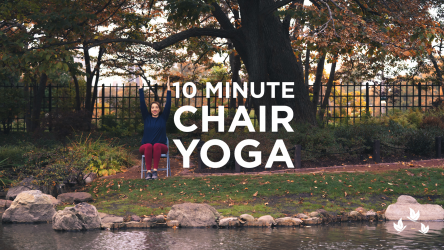


Pingback: The Best Yoga Blocks for Your Yoga Practice - Kindpact